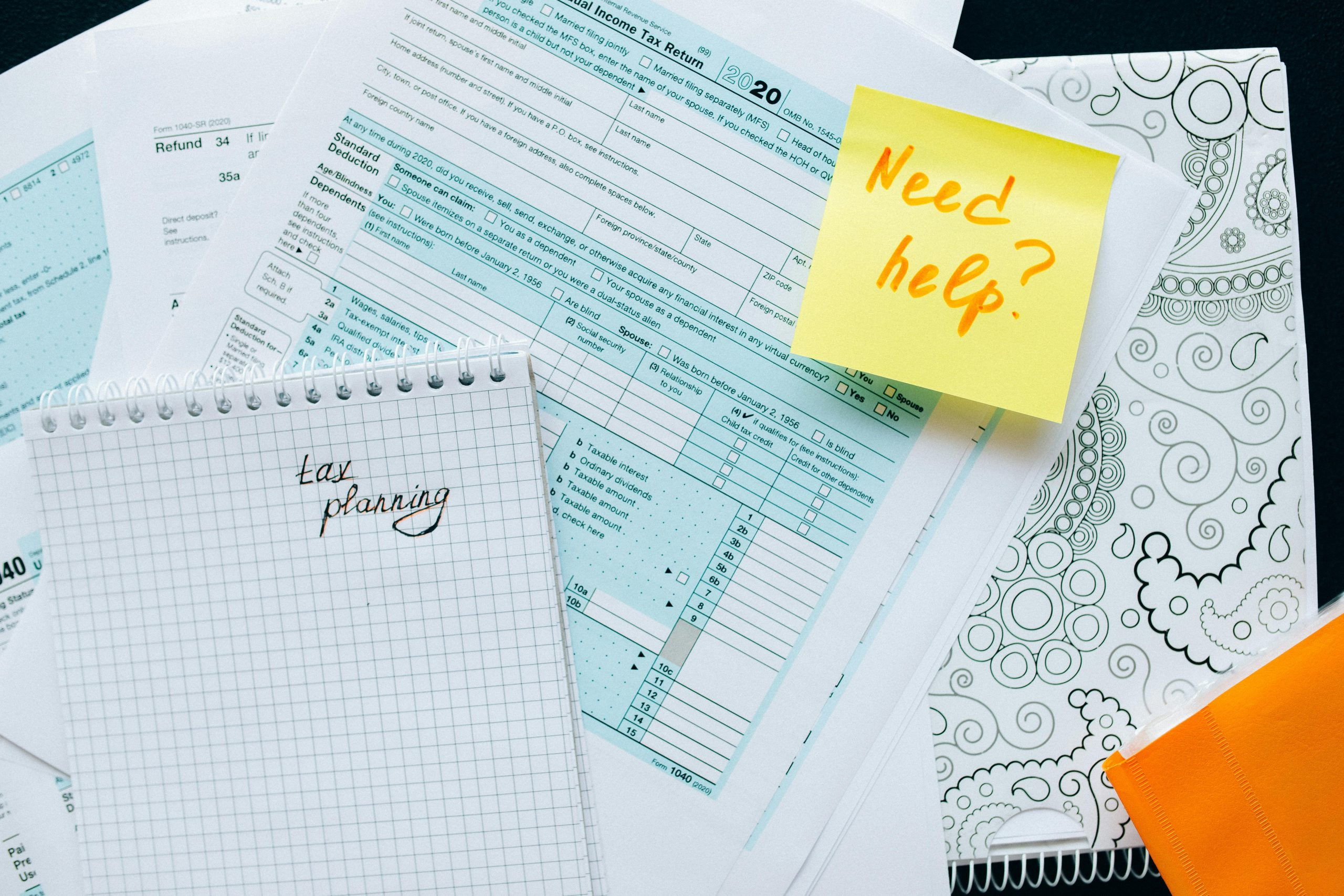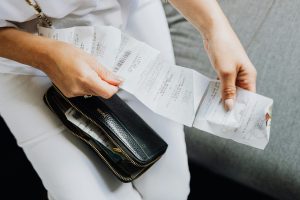Understanding and Leveraging Buy Now, Pay Later Services
In today’s fast-paced world, convenience and flexibility have become top priorities for consumers. With the rise of e-commerce, shoppers are constantly looking for new ways to make their online purchases easier and more accessible. One such solution that has gained immense popularity in recent times is the Buy Now, Pay Later service. This innovative payment option not only meets consumers’ demands for convenience but also provides them with the flexibility to manage their cash flow. In this article, we will discuss the concept of Buy Now, Pay Later services, how it works, and the potential benefits for both consumers and businesses.
What are Buy Now, Pay Later Services?
Buy Now, Pay Later services, also known as BNPL, are an alternative payment method that allows customers to delay their payment for a purchase and make it in installments over a period of time. This payment solution aims to break down the total cost of a purchase into smaller, more manageable amounts, making it more affordable and convenient for consumers to buy what they want.
How Do Buy Now, Pay Later Services Work?
Step 1: Setting up an Account
The first step to using a Buy Now, Pay Later service is setting up an account with the provider. This is a simple process that can be done online, usually through the provider’s website or mobile app. Users are required to provide basic personal and financial information to create an account.
Step 2: Making a Purchase
Once the account is set up, customers can start using the Buy Now, Pay Later service to make purchases. When shopping online, users can select the BNPL option at checkout and enter their account details to complete the transaction. For in-store purchases, users can use a virtual card or QR code provided by the provider to pay for their purchase.
Step 3: Repaying the Funds
After the purchase is made, users are given a set period of time to repay the funds. This can range from a few weeks to several months, depending on the provider and the amount of the purchase. Payments are usually made in installments, with the amount and frequency determined by the provider and agreed upon by the user.
The Benefits of Buy Now, Pay Later Services
For Consumers
Convenience and Flexibility
The main benefit of BNPL services for consumers is the convenience and flexibility it offers. By breaking down the total cost into smaller, more manageable payments, customers can purchase what they want without putting a strain on their budget. This also allows them to make larger purchases that they may not have been able to afford upfront.
No Added Interest or Fees
Unlike traditional credit cards, most BNPL services do not charge interest or add any additional fees. This means that customers can spread out their payments without incurring any extra costs, making it a more affordable and transparent option.
For Businesses
Increased Sales and Customer Loyalty
By offering a BNPL option, businesses can attract more customers and increase sales. This is especially beneficial for small businesses that may not have the resources to offer their own financing. Additionally, by providing a convenient and flexible payment method, businesses can improve customer satisfaction and foster customer loyalty.
Reduced Risk of Non-payment
With BNPL services, the provider takes on the risk of non-payment, as they are responsible for collecting payments from customers. This means that businesses are guaranteed to receive the full amount for their products or services, reducing the risk of financial losses.
Conclusion
Buy Now, Pay Later services are gaining popularity among both consumers and businesses for their convenience and flexibility. By understanding how these services work and the potential benefits they offer, businesses can stay ahead of the competition and cater to the evolving needs of their customers. As for consumers, BNPL services provide a convenient and transparent payment option that allows them to manage their finances while still being able to make the purchases they desire.










